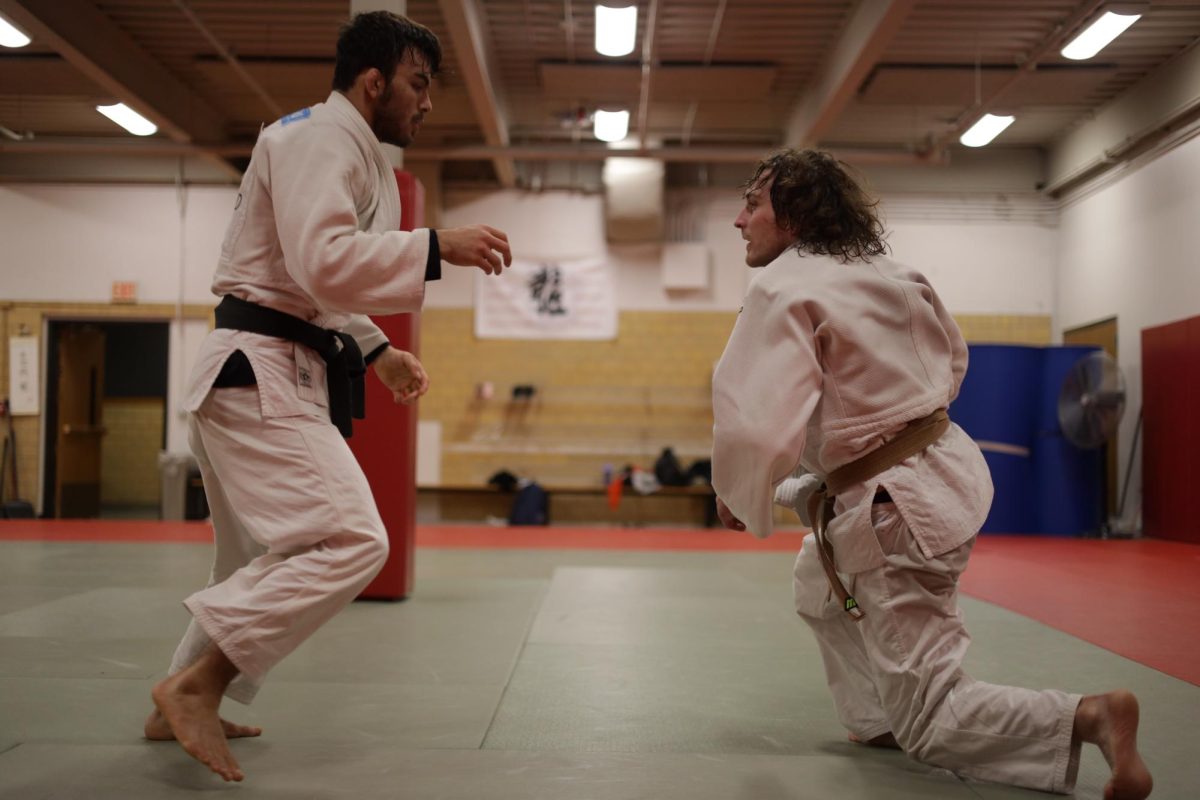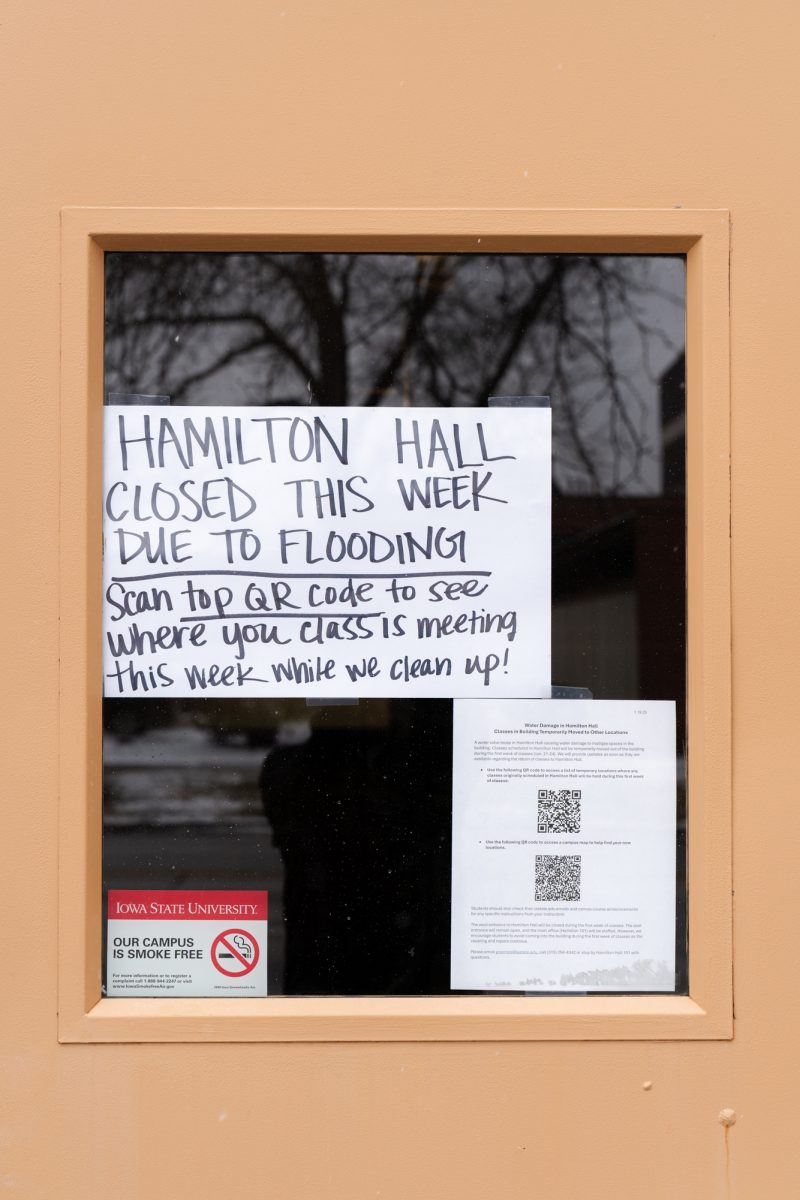ISU Center, museums, gardens experience cuts
November 4, 2003
Three university employees said Monday they were surprised by the magnitude of cuts their departments received, and had not yet made decisions regarding where they would make the cuts.
University Museums, Reiman Gardens and the Iowa State Center received cuts as part of a $1.2 million dollar cut in the general university budget that also affected WOI Radio and the Department of Intercollegiate Athletics. The cuts were announced by ISU President Gregory Geoffroy as part of a $8.3 million cut.
The Iowa State Center saw a cut of $250,000, or 22.2 percent of its state allocations for the year.
State allocations make up 10 to 15 percent of the center’s total budget, said Mark North, general manager of the Iowa State Center.
“Obviously, based on Governor Vilsack’s announcement several weeks ago, yes, we were anticipating a cut,” North said, adding he had been unsure of the magnitude of the cut.
“Internally … we had started to prepare [for the cut], but based on historical reversions, we were at that point looking at a 4 to 6 percent reversion, which was nowhere near this amount,” he said.
North said travel and professional development for employees would be cut first.
The Iowa State Center employs between 300 and 500 students at any given time, North said. He said he is not anticipating a cut in staffing.
Because the entertainment acts in the center bring in a significant portion of revenue, they will continue to focus on finding quality acts, he said.
“Obviously we have to do events to generate revenues, so, as I told the staff today, we’re already working very hard, [but] we need to start working smarter and looking at any and all opportunities to generate revenues,” he said.
University Museums, which includes the Brunnier Art Museum, the Farm House Museum and the Art on Campus program, sustained a $95,000 cut, or 23 percent of their yearly state allocation, said Lynette Pohlman, director and chief curator of University Museums.
“We did not know the magnitude of the cut,” she said. “It’s a very substantial cut.”
She said the museums’ sources of revenue varies enormously from year to year in terms of private and state funding depending on the type of projects they are putting on. Many of the museums’ exhibitions are privately funded. However, she said the cut could have an effect on exhibition planning for the future.
“At this time, I’m still exploring our options,” she said. “I would like to take the time to effectively make the budget cuts … I just have not had the time to review where those cuts will come from.”
She said all of the museum’s functions and activities would be impacted by the cuts.
Reiman Gardens must trim $50,000, or slightly more than 10 percent of the $472,000 in state allocations the gardens received this year. Forty-four percent of the garden’s budget comes from the university.
“I just found out about this, and I have until Dec. 12 to decide what to do,” said Teresa McLaughlin, director of Reiman Gardens. “It’s very difficult when you’re just opening a new facility to understand how this cut will impact the garden.”
The garden has been open since 1994. McLaughlin said the recent expansion of the gardens, including the opening of the Christina Reiman Butterfly Wing, was funded entirely by private donations and had no effect on the finances of the gardens.
McLaughlin said she anticipated a cut after hearing Vilsack’s announcement, but had not anticipated the extent of the cut.
“[The cut is] significant, but when you have those kinds of cuts, you just have to do what you can do,” she said.
She said the garden has always been careful with its funding since between 50 and 60 percent of its income relies on fund-raising.
“We’re understaffed already, she said. “We have a minimum staffing; we relay heavily on volunteers, and so a cut of any proportion is certainly going to change things.”
She said a priority of the gardens will be to continue to allow students to visit the garden free of charge.






